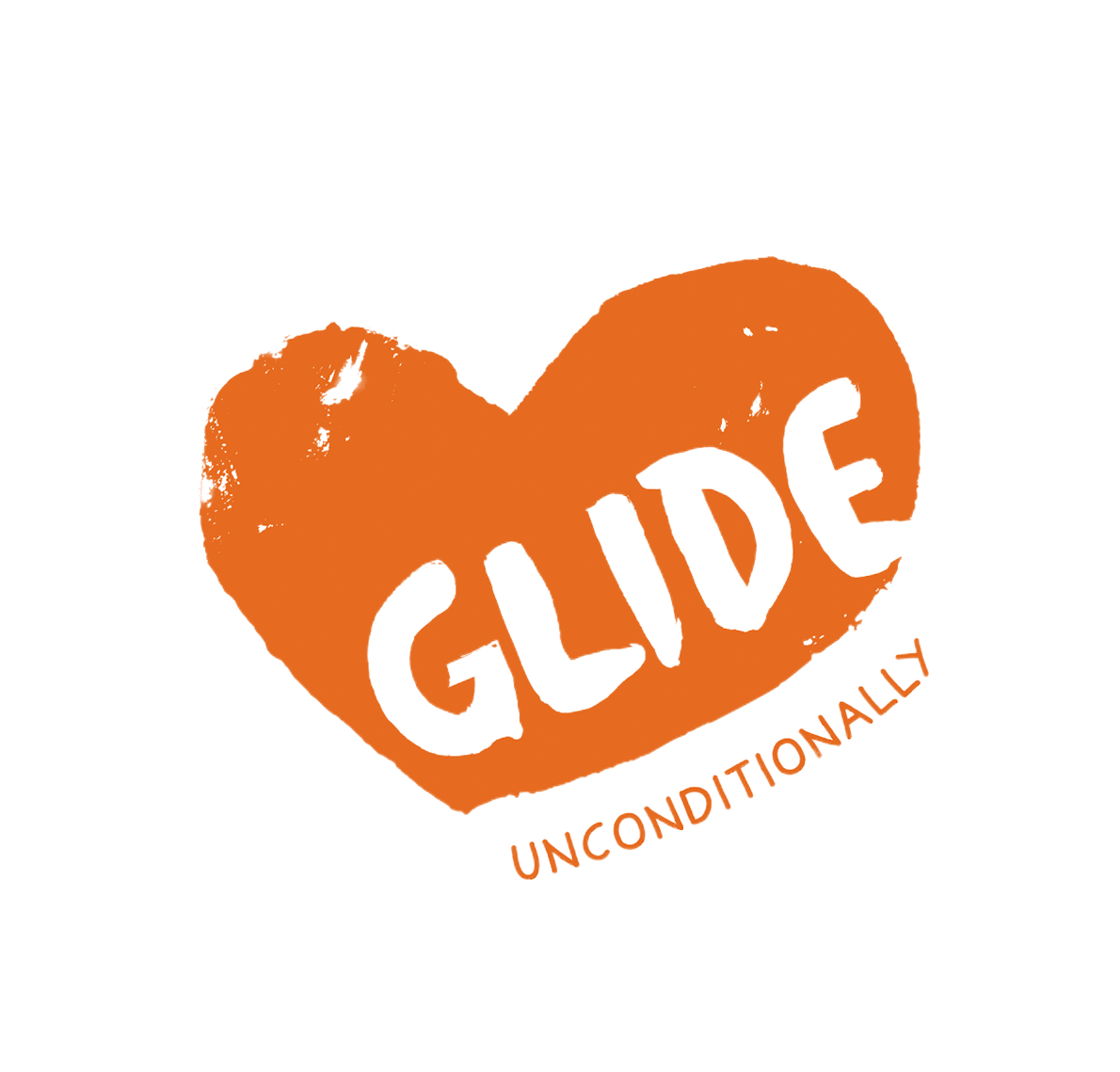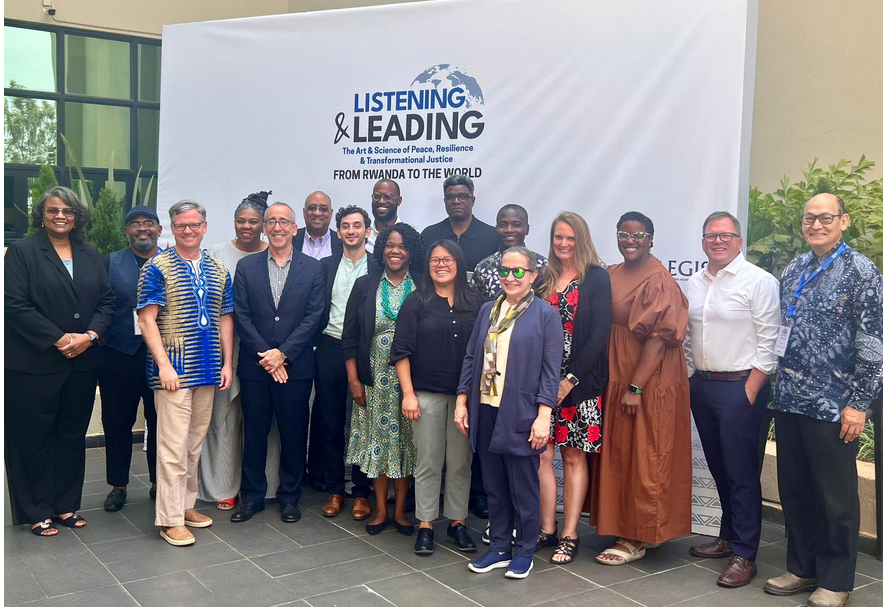
I made pilgrimage to Rwanda this past summer. As part of my racial justice and healing work at GLIDE, I was among 15 American religious leaders invited to an Aegis Trust conference commemorating the 30th anniversary of the Rwandan Genocide against the Tutsi.
Their neighbors killed close to one million people in 100 days in Rwanda in 1994. We visited genocide memorials and mass graves; we sat in reconciliation villages where perpetrators and victims live side by side; we heard testimonies and learned about concrete paths of healing and hope-building that this tiny little country has claimed.
I have a million stories I could tell you from my time on the ground there. Here’s one for now.
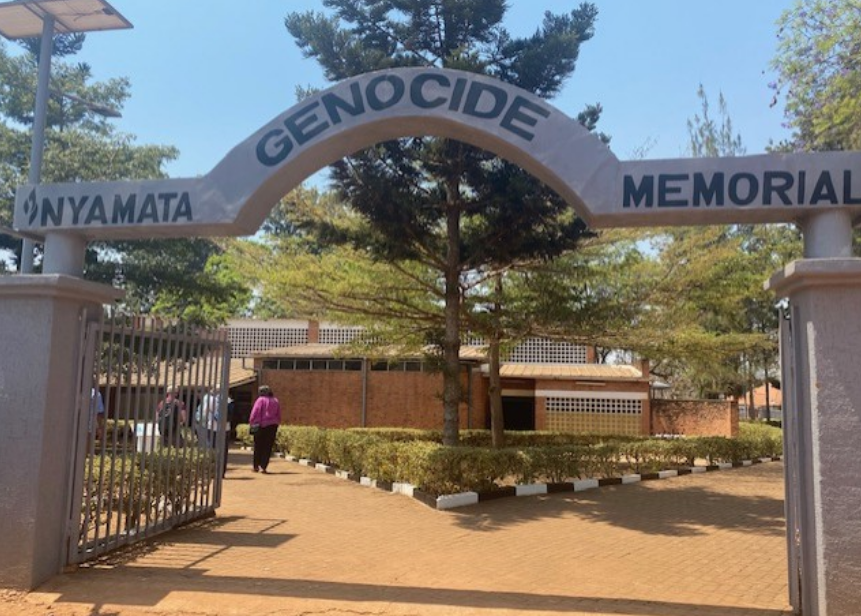
I landed in Rwanda at 1am on a Wednesday. At 8am that morning, I took a 90 minute taxi ride outside of Kigali to the Agahozo-Shalom Youth Village.
The village was founded in response to the unspeakably sad and brutal orphan crisis caused by the Genocide Against the Tutsis. The word ‘Agahozo’ is a Kinyarwanda word that means ‘a place where tears are dried” and of course the word ‘shalom’ means ‘peace’ or ‘wholeness’. “Through healing, education, and love, this light-unto-the-Nations Youth Village empowers orphaned and vulnerable Rwandan youth to build lives of dignity and contribute to a better world.
This village helps to fill the gaping holes left behind after the genocide.
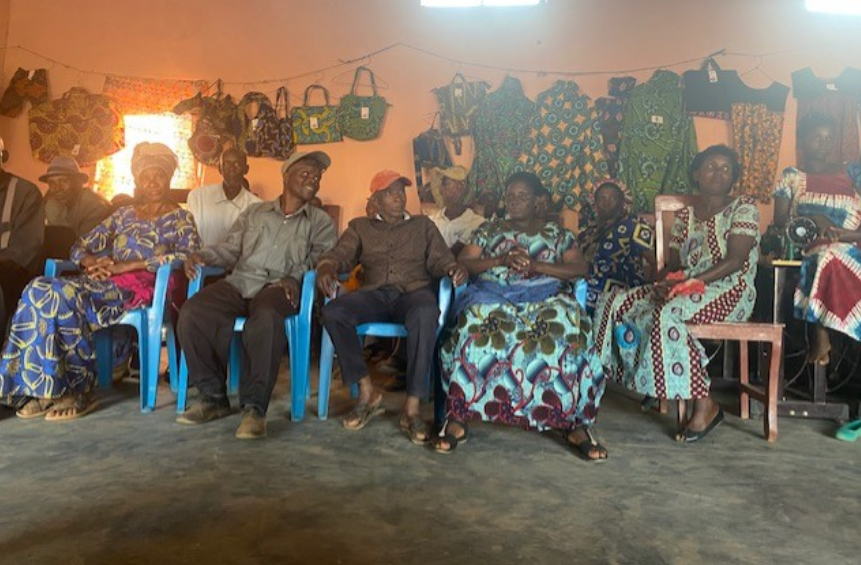
Agahozo Shalom is located on a pristine, 144 acre pristine hilltop site in Rwanda’s Eastern Province. On my tour, I not only saw the camp-cabin like residence buildings where 25 students and one house-mama live together, I saw the classrooms and the technology labs and the outdoor amphitheater and the massive dining hall that can seat 700 people.
I watched as students from deeply troubled-backgrounds greeted their teachers with a sense of gratitude and respect. Richard Niyibira, the lead educator, told me humbly, that after several years of learning and relationship building, many of his students ask if they can call him ‘father.’
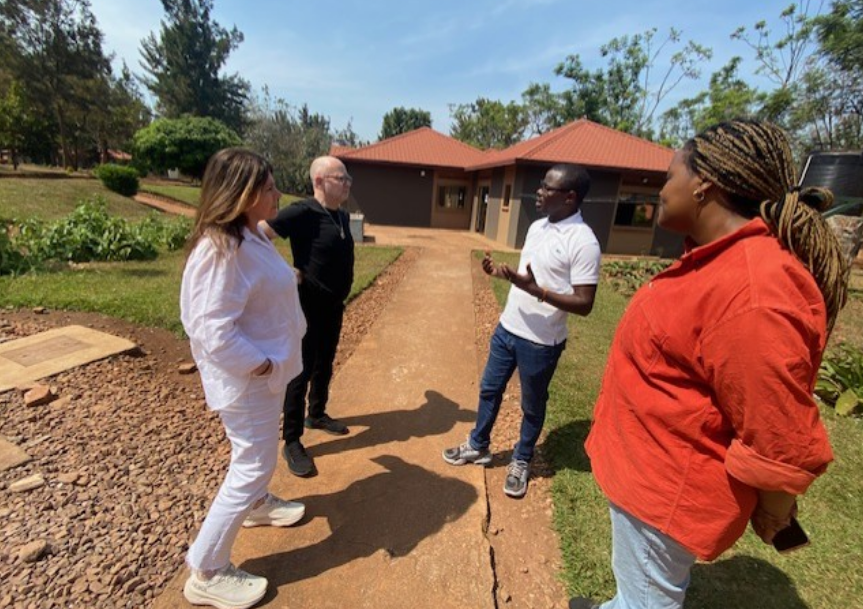
Agahozo Shalom is modeled after a kibbutz-like Youth Village in Northern Israel called Yemin Orde. Situated on top of Mount Carmel, 20 minutes south of Haifa, Yemin Orde was founded in the winter of 1953, eight short years after the end of World War II and the systematic annihilation of European Jewry.
Yemen Orde’s founding mission was to create a safe haven for children orphaned by the Holocaust, after the darkest years in all of Jewish history. In the years that followed, thousands of these orphaned children were welcomed and housed and taught and loved at this 77 acre-hilltop oasis. In the 1970’s,
Yemin Orde became a village for at-risk youth from all over the Jewish world and Israel: vulnerable Jewish, Christian and Muslim youth are housed together, learn together, build community together and work together on building visions for a shared future.
How did the hilltop miracle that is Yemin Orde come into existence? Reading about and seeing the shockwaves of trauma after the Holocaust, leaders in the British Friends of the Youth Aliyah movement raised funds, secured land and hired educators and trauma-oriented therapists who could welcome and love and begin to heal these Jewish children whose parents had been murdered in Nazi Europe.
Soon after the 1994 genocide, Anne Heyman, a South African born Jewish philanthropist who knew about Yemin Orde envisioned that there should be a Yemin Orde like sanctuary in Rwanda for the tens of thousands of now-orphaned children after the genocide. Thanks to Anne’s fierce determination along with thousands of partners and co-creators on the ground in Rwanda and around the world, Agahozo Shalom opened its gates in 2008.
Tragically, Anne died six years later at the age of 52. When I arrived at Agahozo Shalom this past summer, I met with one of Anne’s friends named James Smith, who along with his brother Richard, founded the Aegis Trust. At the same time that Anne and her team were building Agahozo Shalom, the Aegis Trust was helping, at the request of Rwandan authorities, to help build the Kigali Genocide Memorial.
Here’s what James told me about Anne:
‘In all honesty when I first heard about what she planned I wasn’t sure that it was possible or sustainable. Yet she made the village operational within three years of the idea. There’s a mango tree at the village, planted to mark the time when the negotiations with all the landowners was complete. I will never forget when she told me about those negotiations and when she showed me the tree. It represented significant work undertaken before there could be detailed plans, work that was about building trust with the communities and local authorities. Securing the hill upon which the village would be built meant that Anne’s vision could begin.’
The 13th Psalm pulses with questions, pleas and screams:
How long, O God; will You ignore me forever?
How long will You hide Your face from me?
עַד־אָ֨נָה אָשִׁ֪ית עֵצ֡וֹת בְּנַפְשִׁ֗י יָג֣וֹן בִּלְבָבִ֣י יוֹמָ֑ם עַד־אָ֓נָה ׀ יָר֖וּם אֹיְבִ֣י עָלָֽי׃
How long will I have cares on my mind,
grief in my heart all day?
How long will my enemy have the upper hand?
הַבִּ֣יטָֽה עֲ֭נֵנִי יְהֹוָ֣ה אֱלֹהָ֑י הָאִ֥ירָה עֵ֝ינַ֗י פֶּן־אִישַׁ֥ן הַמָּֽוֶת׃
Look at me, answer me, Adonai, my God!
Restore the luster to my eyes,
lest I sleep the sleep of death
The Psalm turns a corner at the end. After all of the pain, after all of the anguish, after all of the grief, the Psalmist reclaims agency, reclaims faith and reclaims hope and a redemptive vision for the path of healing ahead:
וַאֲנִ֤י ׀ בְּחַסְדְּךָ֣ בָטַחְתִּי֮ יָ֤גֵ֥ל לִבִּ֗י בִּֽישׁוּעָ֫תֶ֥ךָ אָשִׁ֥ירָה לַֽיהֹוָ֑ה כִּ֖י גָמַ֣ל עָלָֽי׃ {פ}
But, you God, I trust in Your chesed, in your lovingkindness,
my heart will exult in Your redemption, in your deliverance.
I will sing a new song to you O God,
for You have been so good to me.
Here’s how James closed his note to me about Anne Heyman:
“I can’t believe it was only seven years later that I attended the memorial held for her by the students, who spoke about her as their mother. When I reached the mango tree I could not stop weeping. Not because of the loss of such a dear visionary friend, though I did, and still do, mourn her. It was because Anne created something transformative. It wasn’t the bricks and mortar on the hill that was her achievement, though that is of course impressive.
It was something more beautiful than that. I’m not sure what to call it. Perhaps the closest word we have is love, a love that touched a myriad of hearts.
As the name of the village describes, Anne did dry the tears of a thousand crushed souls, restoring peace and affirming life. From the dark days of genocide she and the Heyman/Merrin family turned a hillside in Rwanda into a small piece of heaven.’
Rabbi Michael Lezak
GLIDE Social Justice Director
